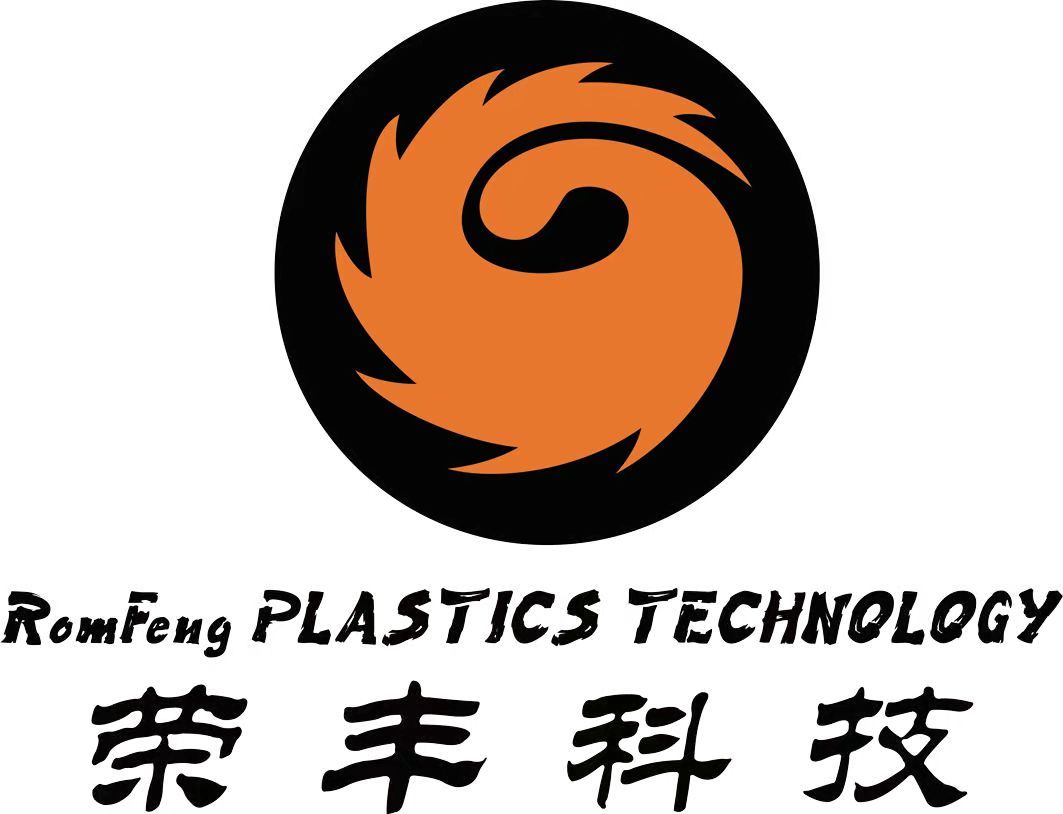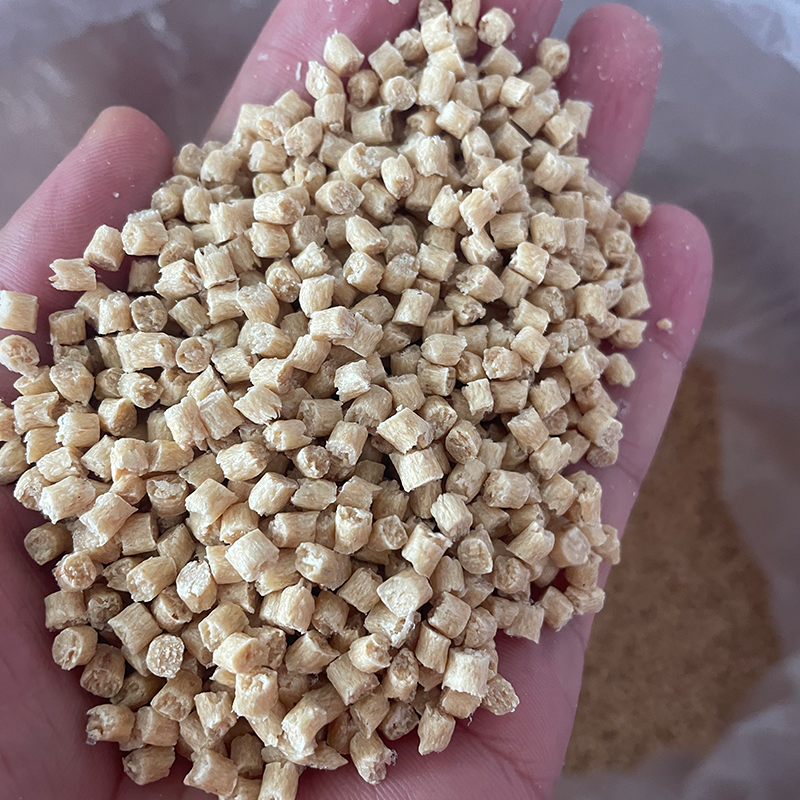Why Wheat Straw Bioplastics Are the Future of Sustainable Packaging Solutions
Release time:
2025-10-26 09:20
Source:
Why Wheat Straw Bioplastics Are the Future of Sustainable Packaging Solutions
The global plastic crisis has prompted an urgent need for sustainable alternatives, and wheat straw bioplastics are emerging as a promising solution. These innovative materials not only address environmental concerns but also offer practical benefits for industries reliant on packaging. In this article, we delve into the characteristics, advantages, and future of wheat straw bioplastics, exploring why they represent a pivotal shift in sustainable packaging.
The Need for Sustainable Packaging Solutions
As plastic pollution continues to threaten ecosystems and human health, the urgency for sustainable packaging solutions has never been clearer. Traditional plastic materials, primarily derived from fossil fuels, pose significant environmental challenges. They take hundreds of years to decompose and contribute to landfill overflow and ocean pollution.
With increasing consumer awareness regarding eco-friendly products, businesses are compelled to seek sustainable alternatives. Wheat straw bioplastics emerge as a viable option, presenting a solution that aligns with contemporary environmental objectives.
What Are Wheat Straw Bioplastics?
Wheat straw bioplastics are biodegradable materials made from the fibrous residue left after wheat harvesting. This agricultural byproduct is abundant and often treated as waste. By transforming wheat straw into bioplastics, we not only reduce waste but also create a renewable source of packaging material.
These bioplastics are typically manufactured through processes that involve cellulose extraction and polymerization, resulting in materials that can mimic the properties of conventional plastics while remaining environmentally friendly.
The Composition of Wheat Straw Bioplastics
The primary ingredient in wheat straw bioplastics is cellulose, a natural polymer found in plant cell walls. Cellulose provides strength and flexibility, making it an ideal component for packaging. Other components may include additives that enhance performance and durability, ensuring that the bioplastic can withstand everyday use.
Benefits of Wheat Straw Bioplastics
Wheat straw bioplastics offer a range of benefits that make them an attractive alternative to traditional plastics. Below are some key advantages:
1. Biodegradability
One of the most compelling features of wheat straw bioplastics is their biodegradability. Unlike traditional plastics, which can persist in the environment for centuries, bioplastics can decompose in a matter of months under the right conditions. This significantly reduces their environmental footprint and helps mitigate pollution.
2. Renewable Resource
Wheat straw is a renewable resource, meaning that it can be replenished each year through agricultural practices. This contrasts sharply with fossil fuels, which are finite and contribute to environmental degradation during extraction. By utilizing wheat straw, we promote sustainable farming practices while creating a circular economy.
3. Reduced Carbon Emissions
The production of wheat straw bioplastics generates lower carbon emissions compared to conventional plastics. By sourcing materials from agricultural waste, we minimize reliance on fossil fuels and reduce greenhouse gas emissions associated with plastic production.
4. Versatility and Functionality
Wheat straw bioplastics can be engineered to possess a variety of properties, making them suitable for diverse applications. From food packaging to consumer goods, these bioplastics can be tailored to meet specific requirements in terms of strength, flexibility, and barrier properties.
5. Cost-Effectiveness
As technology advances and production processes become more efficient, the cost of producing wheat straw bioplastics is expected to decrease. This cost-effectiveness makes them an appealing choice for businesses seeking sustainable packaging solutions without significantly impacting their bottom line.
Applications of Wheat Straw Bioplastics
The versatility of wheat straw bioplastics opens up numerous applications across various industries. Here are some prominent uses:
1. Food Packaging
Wheat straw bioplastics are particularly well-suited for food packaging due to their safety and biodegradability. They can be used for wrapping, containers, and disposable utensils, ensuring that food stays fresh without harming the environment.
2. Consumer Products
Many consumer goods manufacturers are exploring the use of wheat straw bioplastics for items such as household products, cosmetics packaging, and even toys. This shift not only appeals to eco-conscious consumers but also enhances brand reputation.
3. Agricultural Applications
The agricultural sector can benefit from wheat straw bioplastics in the form of biodegradable mulch films, seedling trays, and pots. These products can help reduce plastic waste while supporting sustainable farming practices.
4. Medical Supplies
The medical industry is also exploring the use of wheat straw bioplastics for single-use items such as syringes, surgical instruments, and packaging for pharmaceuticals. The biodegradability of these materials aligns with the growing demand for eco-friendly medical solutions.
The Future of Wheat Straw Bioplastics
The future of wheat straw bioplastics appears bright as technological advancements continue to enhance their production and performance. The following trends indicate where this industry is heading:
1. Increased Research and Development
Investments in research and development will drive innovation in wheat straw bioplastics, leading to improved properties and wider applications. Ongoing studies aim to optimize production processes and develop new formulations that enhance performance.
2. Growing Consumer Demand
As consumers become more environmentally conscious, the demand for sustainable products is expected to rise. Businesses that embrace wheat straw bioplastics will be well-positioned to cater to this growing market, fostering brand loyalty and attracting eco-minded consumers.
3. Regulatory Support
Governments and regulatory bodies are increasingly recognizing the importance of sustainable materials. As policies promoting bioplastics come into effect, wheat straw bioplastics may benefit from incentives and support that encourage their adoption.
4. Circular Economy Initiatives
With the shift towards a circular economy, wheat straw bioplastics will play a crucial role. By promoting the use of renewable resources and reducing waste, these materials align with the principles of sustainability and responsible consumption.
Challenges Facing Wheat Straw Bioplastics
Despite their potential, wheat straw bioplastics face several challenges that must be addressed to ensure widespread adoption. Understanding these obstacles is crucial for advancing the industry:
1. Production Scalability
While current production methods are promising, scaling up to meet global demand remains a challenge. Investments in infrastructure and technology will be essential to increase production capacity without compromising quality.
2. Consumer Awareness
Many consumers are still unaware of the benefits of bioplastics. Educational campaigns and marketing strategies are necessary to inform the public about the advantages of choosing wheat straw bioplastics over traditional plastics.
3. Performance Consistency
Ensuring consistent performance across various applications is vital for the success of wheat straw bioplastics. Ongoing research and development efforts are needed to fine-tune the properties of these materials, making them suitable for a broader range of uses.
4. Competition with Conventional Plastics
Wheat straw bioplastics compete with established conventional plastics, which are often cheaper and more readily available. Creating a compelling value proposition that highlights the environmental benefits and long-term cost savings of bioplastics will be crucial in overcoming this hurdle.
Frequently Asked Questions (FAQs)
1. Are wheat straw bioplastics safe for food packaging?
Yes, wheat straw bioplastics are generally considered safe for food packaging as they do not contain harmful chemicals found in some traditional plastics.
2. How long does it take for wheat straw bioplastics to biodegrade?
Wheat straw bioplastics can biodegrade within a few months to a couple of years, depending on environmental conditions.
3. Can wheat straw bioplastics be recycled?
While they are primarily designed for biodegradability, some types of wheat straw bioplastics can be recycled. However, recycling infrastructure for bioplastics is still developing.
4. What are the environmental benefits of using wheat straw bioplastics?
Wheat straw bioplastics reduce plastic waste, lower carbon emissions, and promote sustainable agricultural practices by utilizing agricultural byproducts.
5. Are wheat straw bioplastics more expensive than traditional plastics?
Currently, wheat straw bioplastics may be more expensive than traditional plastics, but prices are expected to decrease as production processes become more efficient.
Conclusion
Wheat straw bioplastics represent a transformative solution in the quest for sustainable packaging. By leveraging agricultural waste, these innovative materials offer environmental benefits that align with the growing demand for eco-friendly products. As technology advances and consumer awareness increases, wheat straw bioplastics are poised to become a mainstream alternative to traditional plastics. Embracing these materials not only supports ecological balance but also fosters a sustainable future for industries and consumers alike.
wheat straw bioplastic compound








